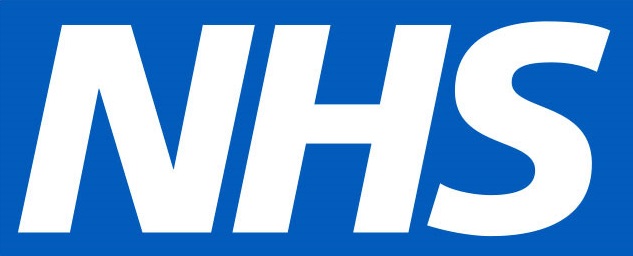Carpal Tunnel Surgery
Carpal Tunnel Syndrome occurs when the median nerve gets trapped in the tunnel between the wrist ligament and the carpal bones.
What is Carpal Tunnel Syndrome?
Carpal Tunnel Syndrome occurs when the median nerve gets trapped in the tunnel between the wrist ligament and the carpal bones.
The small bones of the wrist are called the carpal bones. A ligament lies across the front of the wrist attached to the carpal bones at either side. Between the ligament and the carpal bones is a small space called the carpal tunnel. One of the main nerves to the hand, the median nerve, and the tendons to the fingers run through this tunnel.
What our patients say
The whole process, team friendly, felt at ease
The County Practice, Syston – Mar 24
Quick and easy, everyone so friendly here. Cannot fault it
Aspen Centre – Mar 24
You were all very kind and caring for a particularly nervous patient
Hathaway Medical Centre – Jan 24
Local, modern premises, excellent staff, spotlessly clean, parking facilities
The County Practice, Syston – Jan 24
Very welcoming, very friendly and excellent job done.
Hathaway Medical Centre – Nov 23
Quick, efficient, lovely staff – same surgeon – continuity.
Aspen Centre – Nov 23
I’ve been very well received and am very pleased. Explained everything very well.
Aspen Centre – Oct 23
Has enjoyed this experience, painless, quick, very quickly seen and treated. Brilliant.
The County Practice, Syston – Oct 23
Splendid treatment, couldn’t be happier.
Aspen Centre – Sept 23
Efficient, friendly, kind, informative. Easy to access.
The County Practice, Syston – Sept 23
Get in touch

